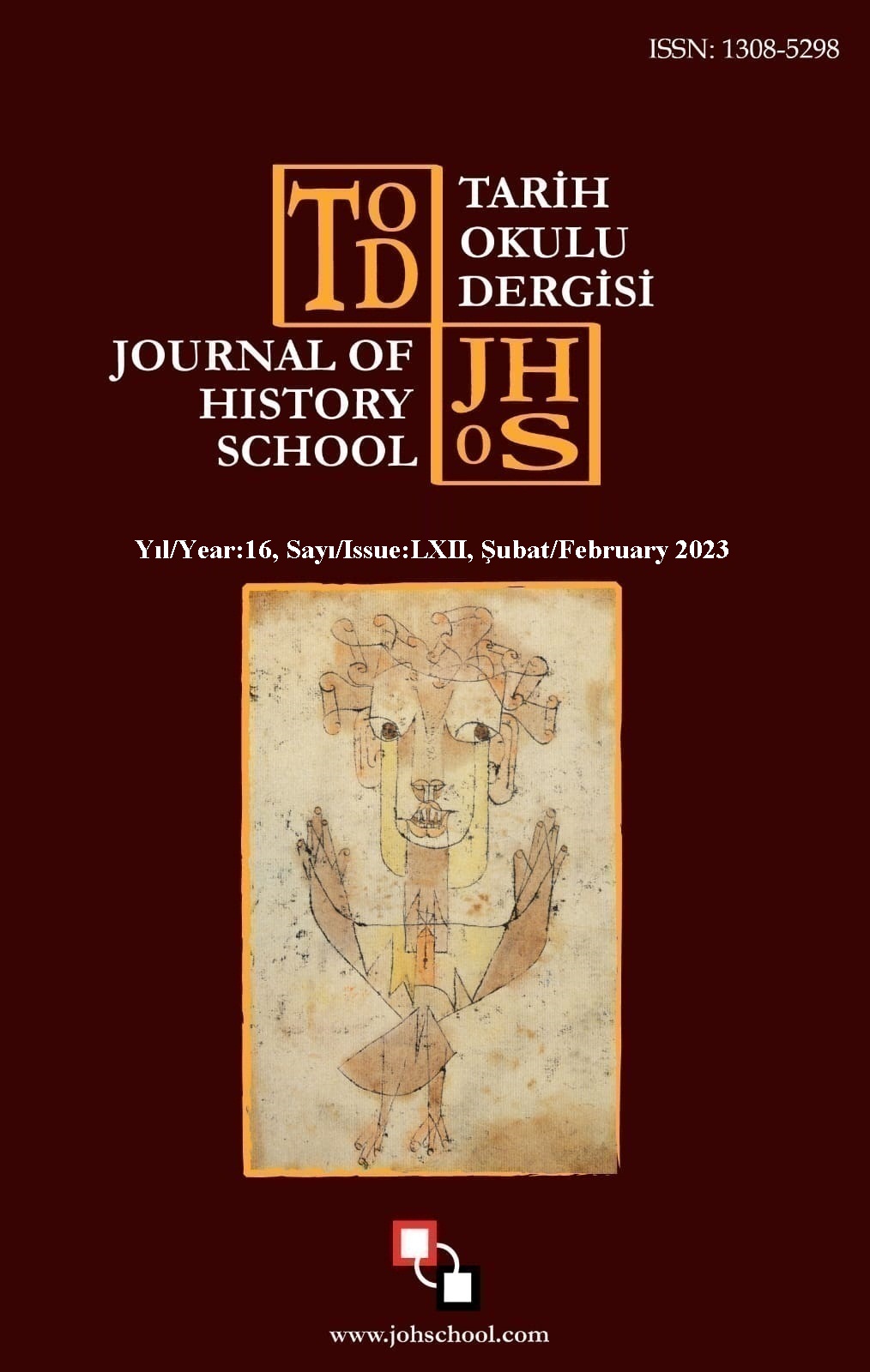ERZURUM’DA EĞİTİM ALANINDA YAPILAN KAMU HARCAMALARI VE YATIRIMLARI ÜZERİNE BİR DEĞERLENDİRME (1928-1938)
Author :
Abstract
- yüzyıldan itibaren Osmanlı kamu bürokrasisinde ameli ihtiyaçları karşılamak için çağın gereklerine uygun formel bir eğitim verilmeye başlanmış, verilen bu eğitim için hem yasal düzenlemeler yapılmış, hem de yasal düzenlemelerin gerektirdiği kamu binaları inşa edilmiştir. Bu da beraberinde eğitim alanına kamu harcama ve yatırımlarını zorunlu kılmıştır. Yükseköğretim veren kurumların yanı sıra temel düzeyde eğitim veren iptidai, rüştiye ve idadiler kurulmuştur. Sultan II. Abdülhamit döneminde temel ve ortaöğretim düzeyinde eğitim veren kurumlar memleket sathına yayılmıştır. Cumhuriyet’in ilk yıllarından itibaren ise bu eğitim kurumlarının müfredatları çağın gereklerine göre yeniden düzenlenmiş ve bu alana ayrılan bütçeler ile yeni eğitim kurumları açılmıştır. Eğitimin geliştirilmesi amacıyla Erzurum Merkez ve kazalarında yeni okul binaları yaptırılmış ve bu doğrultuda okuma-yazma oranının artırılması sağlanmıştır. Çalışma kapsamında 1928-1938 yılları arasında Erzurum’a yapılan eğitim harcama ve yatırımlar incelenmiş, bu harcamalar şehrin sosyoekonomik ve kültürel yaşamında etkilerini daha sonraki süreçte de göstermiştir. Erzurum’da temel eğitim veren ilkokul ve liselerin açılmış, okuma-yazma seferberliği kapsamında Millet Mektepleri açılmıştır. Erzurum’da eğitim alanında başlayan çalışmalar ile daha geniş kitlelere ulaşmak için de dokuz şubesi bulunan halkevleri, Erzurum ve bazı ilçelerinde açılmıştır. Bu çalışma, arşiv belgelerinden, TÜİK’ten, ulusal ve yerel gazetelerden, telif eserlerden istifade edilerek oluşturulmuştur. Son olarak bu makale, nitel bir çalışma olup; makalede doküman analizi tekniği kullanılmıştır.
Keywords
Abstract
From the 19th century onwards, the Ottoman public bureaucracy began to provide formal education in accordance with the requirements of the era in order to meet the practical needs of the Ottoman public bureaucracy, and both legal regulations were made for this education and public buildings required by legal regulations were built. This necessitated public expenditures and investments in education. In addition to institutions offering higher education, iptidai, rüştiye and idadis were established to provide basic education. During the reign of Sultan Abdülhamid II, institutions providing basic and secondary education spread across the country. Since the early years of the Republic, the curricula of these educational institutions were reorganized according to the requirements of the age and new educational institutions were opened with the budgets allocated to this field. In order to improve education, new school buildings were constructed in the center and districts of Erzurum, and the literacy rate was increased accordingly. Within the scope of this study, the educational expenditures and investments made in Erzurum between 1928 and 1938 were analyzed, and these expenditures showed their effects on the socioeconomic and cultural life of the city in the following period. Primary schools and high schools providing basic education were opened in Erzurum, and National Schools were opened within the scope of literacy mobilization. In order to reach a wider audience with the educational activities that started in Erzurum, halkevleri, which had nine branches, were opened in Erzurum and some of its districts. This study is based on archival documents, TUIK, national and local newspapers, and copyrighted works. Finally, this article is a qualitative study; document analysis technique was used in the article.





